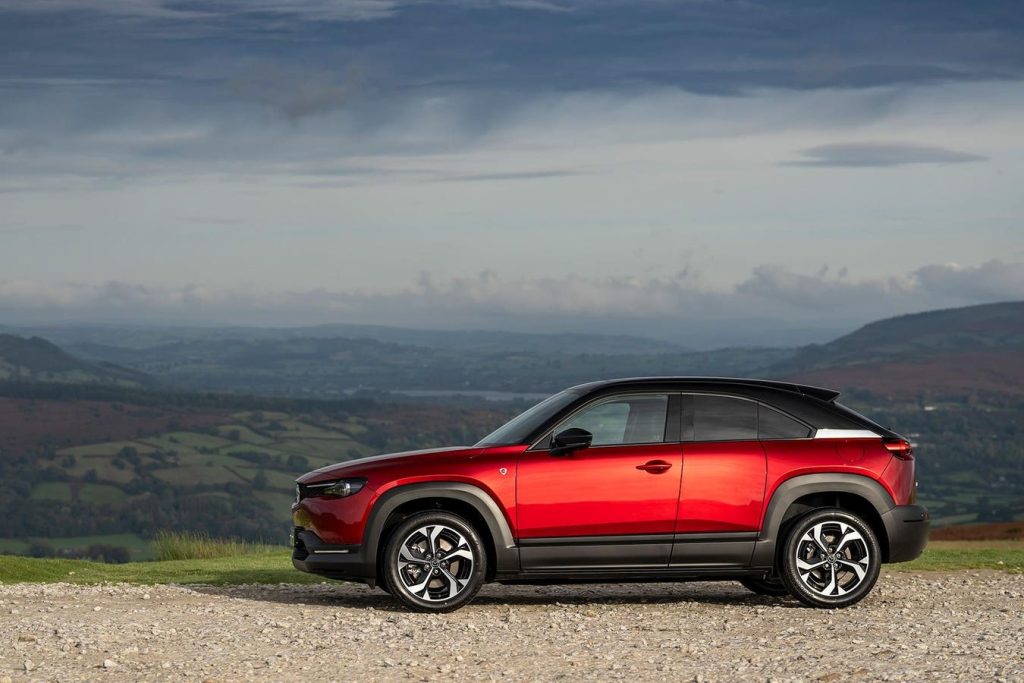Mazda has launched its plug-in hybrid MX-30 at a time when concerns about the high cost and limitations of electric cars are causing consumers to consider alternative options. The MX-30 offers up to 50 miles of electric-only driving before the combustion engine kicks in to provide additional power, making it a practical choice for daily use and longer trips.
However, European regulations that aim to phase out plug-in hybrids by 2035 may hinder the popularity of vehicles like the MX-30. Despite this, experts argue that PHEVs offer a more affordable and proven solution to reducing emissions compared to battery-only electric cars.
Sales of electric cars in Europe and the U.S. have recently experienced a slowdown, leading to speculation about the future of the market. Forecasts suggest that while EV sales will see a significant increase by 2030, PHEVs are expected to decline as regulations favor electric-only vehicles.
Critics argue that PHEVs do not contribute significantly to reducing carbon emissions and could even worsen fuel efficiency, especially for company car drivers. However, supporters believe that PHEVs offer a practical solution for drivers who are not yet convinced by battery-only vehicles and require the flexibility of a combustion engine for longer distances.
The potential resurgence of EV sales is based on the assumption that future electric cars will be more affordable and suitable for urban use. Currently, there are no European contenders in this category, but manufacturers are exploring options to adapt to the changing market conditions.
Some industry experts suggest that the EU should reconsider its regulations on banning plug-in hybrids and hybrids, as these technologies could provide a valuable transitionary solution for consumers who are not ready to fully embrace electric cars. Additionally, manufacturers are lobbying for support to help navigate the changing landscape of the automotive industry.


